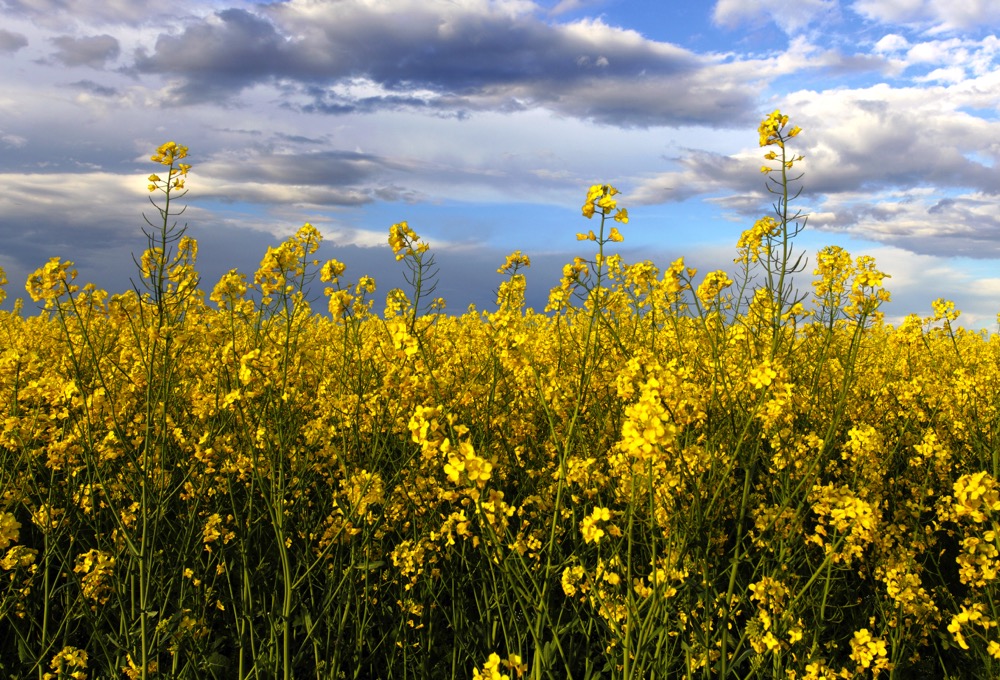(Resource News International) –– The corn crop in most of Ontario is looking very good, but more heat is required to help speed up the maturity rate, according to an official with the Ontario provincial government.
Frost also has to remain out of the weather forecast until at least the middle of October.
“Where the corn is looking good, the crop is in excellent shape, but where the corn is not good, the crop is in extremely variable condition,” said Peter Johnson, a cereals specialist for the Ontario Ministry of Agriculture, Food and Rural Affairs at Stratford.
Read Also

ICE Weekly: No upside for canola if China situation continues: trader
Tony Tryhuk of RBC Dominion Securities said canola should stay rangebound if Canada’s trade war with China continues.
However, he said, whether the corn is in excellent or in poor condition, the crop is late.
The main reason for the crop being late in maturity was tied to the lack of heat units.
“In terms of heat unit accumulations, most areas of the province are roughly 10 per cent behind normal,” Johnson said. “Normally, 10 per cent behind normal wouldn’t necessarily be that big of an issue in a regular growing season.”
However, he said, for corn crops that were planted from about the middle of May to the end of May, a window in which at least a third or half of the corn producers had to plant the crop, the heat units were 20 per cent behind normal.
“And that is a huge issue for those fields at present,” Johnson said.
The early-planted corn crops need to be frost-free until at least Oct. 1 in order to harvest a good-quality crop, he said.
For the late-planted fields, those areas will need to be frost-free until after Oct. 15.
Johnson said seeded area to corn in Ontario in the spring of 2009 totalled 1.825 million acres. In 2008, 1.75 million acres were seeded while in 2007, a record 2.13 million acres of corn were planted.
The increase in planted area to corn in 2009 was linked to the decline in winter wheat area in the fall of 2008.
“Those acres had to go somewhere, and since soybean area was already maxed out, producers decided to put that area into corn,” Johnson said.
No yield estimates for corn were available.















